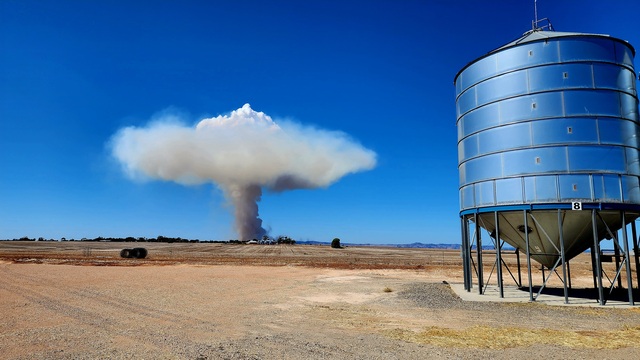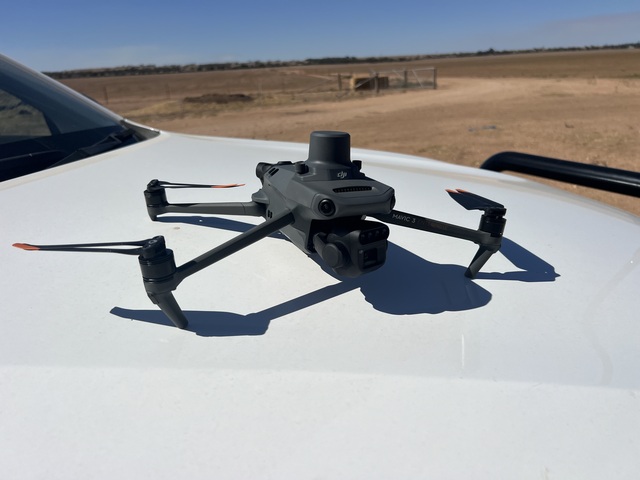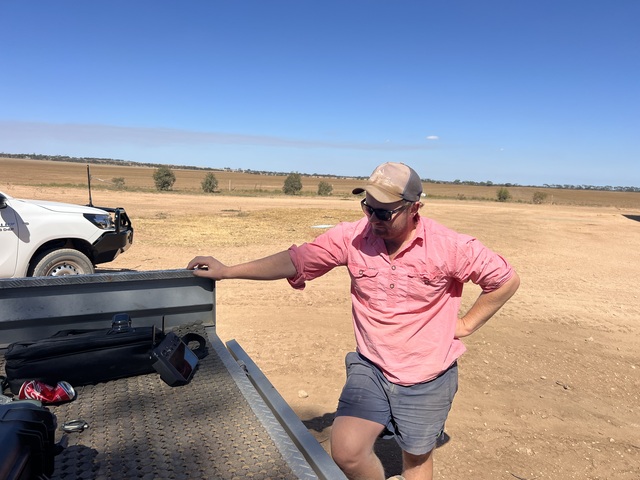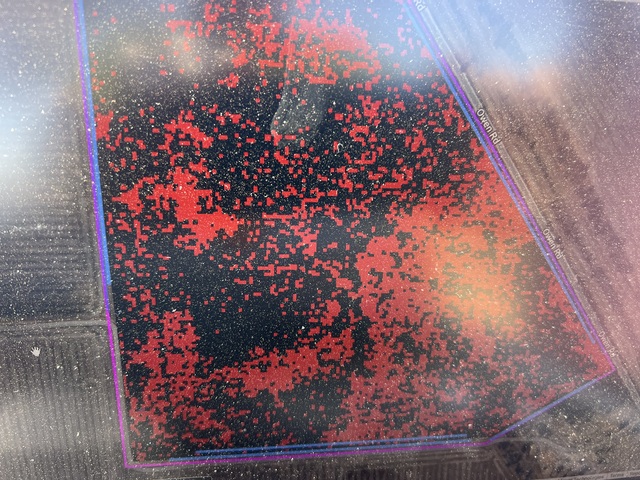
Owen farmer Brayden Harkness has a new bit of tech – a DJI MAVIC 3M (multi spectral) next level agricultural drone.
It utilises RTK accuracy and its NDVI (Normalised Difference Vegetation Index) enabled camera means it can map the weeds in your paddock with pinpoint accuracy (even weeds smaller than your fist).
Its accuracy can be further increased by flying lower however this increases time in air to map. I visited Brayden and watched as he set his drone up to map a 114 hectare paddock which equated to 2323 images from a height of 90 metres and took about an hour to complete with several battery changes.
The NDVI images will identify any green in the paddock. This information is downloaded using a software programme which you then insert into the computer on your boomspray via an SD card, which instructs your boomspray when to release spray.
On average in paddocks mapped so far Brayden has only had to apply chemical to around 30 per cent of the paddock.
This is a substantial saving on chemical expense and means you can up the rate on problem weeds without breaking the bank.
Brayden hopes to contract out his weed mapping services to other farmers, provided their boomsprays have compatible software. For hard to kill weeds like fleabane, feathertop rhodes and couch grass this could be a game changer.
The other Weedseeker tech used by larger operators relies on using advanced optics with a series of cameras on board, coupled with some intelligent computer processing power which activates individual nozzles on your boomspray.
As the camera sees a weed approaching the nozzle is activated. This tech is very effective but adds about $4500 a metre to the cost of your
boomspray or about $150,000 to a new 36m boomspray.
The drone technology just requires an SD card and a bit of time setting it up. It will be interesting to see this new technology unfold.
The same technology should also be able to produce NDVI maps of growing crops which will show poorer areas requiring fertiliser and trace element application.
Burning Season is upon us
Expect to see a bit of smoke in the next couple of weeks as farmers prepare for the break of the season. Burning of rows and paddocks with high weed density is another tool farmers use in the battle against resistant weeds.
Farmers need to contact council for a permit prior to April 30. Corbin Schuster of Freeling captured this burn-off near Daveyston last week.









